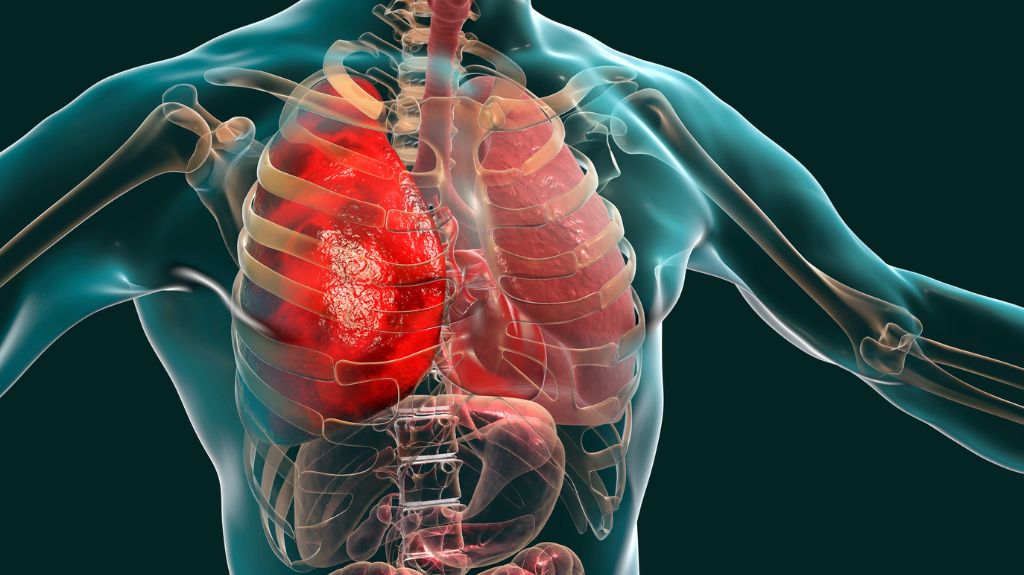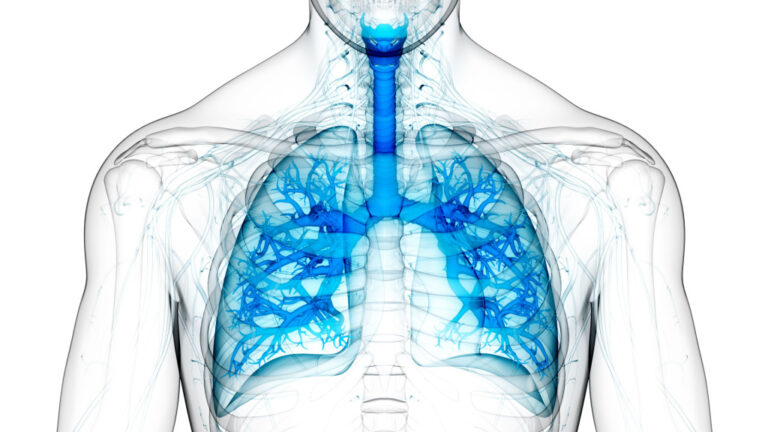How Does the VA Rate Respiratory Disorders?

Did you know that respiratory disorders are one of the most common veteran disability claims? There are many respiratory disorders — as defined by the American Lung Association — that make veterans eligible for disability compensation via the U.S. Department of Veterans Affairs (VA) and many that are presumptive conditions. Veterans that have struggled with respiratory disorders want to know — how does the VA rate respiratory disorders — and we are here to help answer your questions at VA Benefits Attorneys.
What Is the VA Disability Rating for Respiratory Disorders?
Service-connected respiratory disorders can be caused by a number of factors that include — oil well fires, burn pits, sand and dust particulates, carbon monoxide poisoning, air pollutants, and asbestos. Veterans who have a service-connected respiratory disorder may be eligible for a VA disability rating of 10%, 30%, 60%, or 100% based on the severity of the disorder, Pulmonary Function Tests (PFTs), and additional medical testing.
Here is a breakdown of how the VA determines disability ratings for respiratory disorders:
- 10% Rating: The veteran’s FEV-1/FVC pulmonary function test is predicted to be between 71% – 80% and the veteran uses medication or inhalers intermittently.
- 30% Rating: The veteran’s FEV-1/FVC testing is predicted to be between 56% – 70% and the veteran uses medication or inhalers daily.
- 60% Rating: The veteran’s FEV-1/FVC testing is predicted to be between 40% – 55%, the veteran needs medical assistance regularly for more severe symptoms, and the veteran requires stronger medication multiple times per year.
- 100% Rating: The veteran’s FEV-1/FVC testing is predicted to be under 40%, the veteran has severe asthma attacks multiple times per week, and the veteran needs strong medication or corticosteroids daily to manage symptoms.
Pulmonary Function Tests (PFTs) are an important element of VA disability ratings for respiratory disorders. There are four primary PFTs that are used to diagnose and measure the severity of respiratory disorders — FEV-1, FVC, DLCO, and Spirometry.
- FEV-1: This function test measures the amount of air the veteran can exhale in one second.
- FVC: This test measures the amount of air the veteran can exhale with force after a deep breath.
- DLCO: This medical exam tests the ability of the veteran’s lungs to transfer oxygen to the bloodstream.
- Spirometry: This is a common type of function test that is used to measure both FEV-1 and FVC.
Which Respiratory Disorders Are Eligible for VA Disability?
There are many respiratory disorders — both common and uncommon — that can make veterans eligible for VA disability compensation if the connection to military service can be proven. The key to any disability claim is if it is related to military service and that connection can be proven — but many respiratory disorders are covered by the PACT Act and considered presumptive conditions.
Here is a look at some of the respiratory disorders that may be eligible for disability benefits:
- Chronic Sinusitis
- Chronic Rhinitis
- Chronic Bronchitis
- Asthma
- Chronic Obstructive Pulmonary Disease (COPD)
- Cystic Fibrosis
- Bronchiectasis
- Lung Cancer
- Interstitial Lung Diseases
- Neuromuscular Diseases
- Pulmonary Fibrosis
- Sleep Apnea
- Asbestosis
- Tuberculosis
- Emphysema
- MORE…

READ MORE: How Long Does a Presumptive VA Claim Take?
If you are a veteran who has been diagnosed with a respiratory disorder, you may want to know — how does the VA rate respiratory disorders? We hope that this breakdown of possible disability ratings, eligible respiratory disorders, and medical testing protocols has helped answer your questions.
Contact VA Benefits Attorneys today for help with your disability claim!







